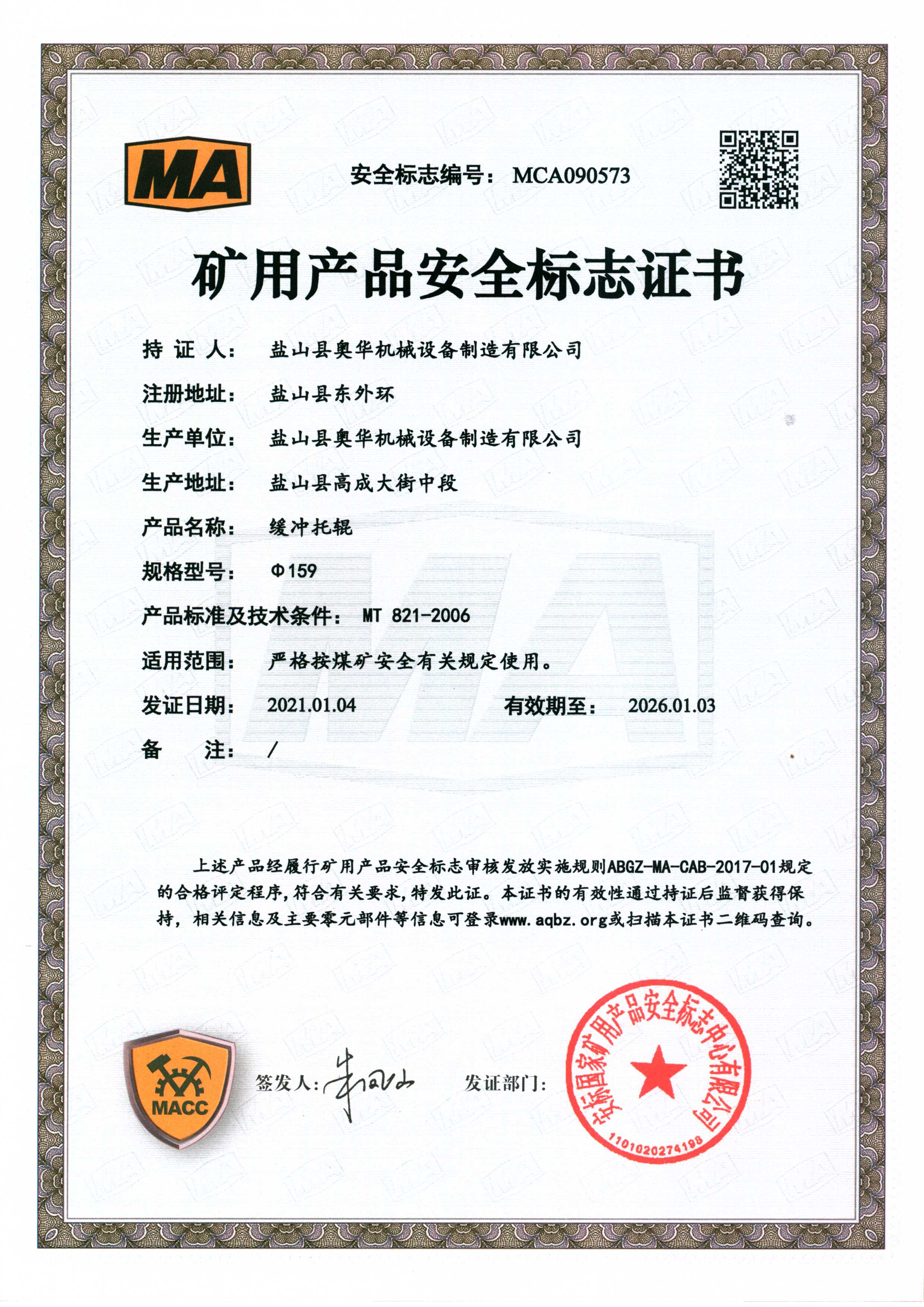 Afrikaans
Afrikaans  Albanian
Albanian  Amharic
Amharic  Arabic
Arabic  Armenian
Armenian  Azerbaijani
Azerbaijani  Basque
Basque  Belarusian
Belarusian  Bengali
Bengali  Bosnian
Bosnian  Bulgarian
Bulgarian  Catalan
Catalan  Cebuano
Cebuano  Corsican
Corsican  Croatian
Croatian  Czech
Czech  Danish
Danish  Dutch
Dutch  English
English  Esperanto
Esperanto  Estonian
Estonian  Finnish
Finnish  French
French  Frisian
Frisian  Galician
Galician  Georgian
Georgian  German
German  Greek
Greek  Gujarati
Gujarati  Haitian Creole
Haitian Creole  hausa
hausa  hawaiian
hawaiian  Hebrew
Hebrew  Hindi
Hindi  Miao
Miao  Hungarian
Hungarian  Icelandic
Icelandic  igbo
igbo  Indonesian
Indonesian  irish
irish  Italian
Italian  Japanese
Japanese  Javanese
Javanese  Kannada
Kannada  kazakh
kazakh  Khmer
Khmer  Rwandese
Rwandese  Korean
Korean  Kurdish
Kurdish  Kyrgyz
Kyrgyz  Lao
Lao  Latin
Latin  Latvian
Latvian  Lithuanian
Lithuanian  Luxembourgish
Luxembourgish  Macedonian
Macedonian  Malgashi
Malgashi  Malay
Malay  Malayalam
Malayalam  Maltese
Maltese  Maori
Maori  Marathi
Marathi  Mongolian
Mongolian  Myanmar
Myanmar  Nepali
Nepali  Norwegian
Norwegian  Norwegian
Norwegian  Occitan
Occitan  Pashto
Pashto  Persian
Persian  Polish
Polish  Portuguese
Portuguese  Punjabi
Punjabi  Romanian
Romanian  Russian
Russian  Samoan
Samoan  Scottish Gaelic
Scottish Gaelic  Serbian
Serbian  Sesotho
Sesotho  Shona
Shona  Sindhi
Sindhi  Sinhala
Sinhala  Slovak
Slovak  Slovenian
Slovenian  Somali
Somali  Spanish
Spanish  Sundanese
Sundanese  Swahili
Swahili  Swedish
Swedish  Tagalog
Tagalog  Tajik
Tajik  Tamil
Tamil  Tatar
Tatar  Telugu
Telugu  Thai
Thai  Turkish
Turkish  Turkmen
Turkmen  Ukrainian
Ukrainian  Urdu
Urdu  Uighur
Uighur  Uzbek
Uzbek  Vietnamese
Vietnamese  Welsh
Welsh  Bantu
Bantu  Yiddish
Yiddish  Yoruba
Yoruba  Zulu
Zulu Adjustable Conveyor Brackets for Enhanced Material Handling Solutions
Understanding Conveyor Brackets Essential Components in Material Handling Systems
Conveyor systems have become an indispensable part of modern material handling and logistics operations. From manufacturing plants to distribution centers, conveyors enhance efficiency by streamlining the movement of goods. One critical but often overlooked component of these systems is the conveyor bracket. This article will explore the significance of conveyor brackets, their types, installation, and maintenance, as well as their impact on overall system performance.
What Are Conveyor Brackets?
Conveyor brackets are structural elements that support and stabilize conveyor systems. They play a vital role in ensuring the alignment and integrity of various conveyor components, including rollers, belts, and frames. Typically constructed from sturdy materials, such as steel or aluminum, brackets are designed to withstand the dynamic loads and stresses encountered during operation.
Importance of Conveyor Brackets
1. Stability and Support Conveyor brackets provide essential support for the conveyor frame and other components, ensuring they remain properly aligned. This stability is crucial for efficient operation, as misalignment can lead to increased wear and tear on the system.
2. Load Distribution They help distribute the weight of the items being transported, preventing undue stress on specific parts of the conveyor. This balanced load distribution extends the system’s lifespan and reduces maintenance costs.
3. Flexibility in Design Conveyor brackets come in various designs to accommodate different types of conveyor systems. This versatility allows engineers to customize the layout of the conveyor based on specific operational needs.
4. Ease of Installation and Maintenance Properly designed brackets simplify the installation process, making it easier to set up a new conveyor system. Additionally, they allow for easier access to components for maintenance and repairs, which is crucial for minimizing downtime in production.
Types of Conveyor Brackets
There are several types of conveyor brackets, each tailored to specific applications
conveyor brackets

2. Horizontal Brackets These brackets support the horizontal sections, providing the necessary strength and stability for heavy loads. They can be fixed or adjustable, allowing for flexibility in design.
3. Angled Brackets Designed for inclined or declined conveyor systems, angled brackets help maintain the proper alignment and trajectory of the conveyor belt or rollers.
4. Adjustable Brackets Ideal for systems that require changes in configuration, adjustable brackets enable operators to modify the conveyor’s layout as needed without extensive disassembly.
Installation and Maintenance
The installation of conveyor brackets requires careful planning and precise execution. Before installation, it’s crucial to assess the specific requirements of the conveyor system, including load capacity and alignment needs. Proper placement of brackets is essential to avoid misalignment and ensure optimal performance.
Regular maintenance of conveyor brackets involves inspecting for signs of wear, rust, or damage. Any issues should be addressed immediately to prevent larger system failures. Lubrication of moving parts and periodic tightening of bolts and screws are necessary to maintain the integrity of the brackets.
Impact on System Performance
The performance of a conveyor system is closely linked to the effectiveness of its brackets. Well-designed and maintained brackets can significantly enhance the overall efficiency of material handling operations. They reduce the risk of breakdowns and downtime, ensuring that goods move smoothly from one point to another.
Moreover, investing in high-quality conveyor brackets can lower long-term operational costs. By minimizing maintenance needs and extending equipment lifespan, businesses can achieve substantial savings over time.
Conclusion
In summary, conveyor brackets are essential components that support the functionality and reliability of conveyor systems. Understanding their importance, types, and maintenance requirements can lead to improved operational efficiency and reduced costs. As industries continue to evolve and demand greater efficiency in material handling, the role of conveyor brackets will remain critical in supporting these systems' effectiveness and reliability. Whether for a new installation or upgrading an existing system, giving due importance to conveyor brackets can make a significant difference in performance outcomes.
-
Trusted Conveyor Solutions from Leading Conveyor Idler Roller ManufacturersNewsJun.27,2025
-
Reliable Return Idler Solutions for Efficient Belt Conveyor SystemsNewsJun.27,2025
-
Precision Conveyor Accessories for Streamlined Material HandlingNewsJun.27,2025
-
High-Quality Belt Conveyor Idler Solutions for Efficient Material HandlingNewsJun.27,2025
-
High-Performance Belt Conveyor Pulleys for Reliable Material HandlingNewsJun.27,2025
-
Enhancing Material Handling EfficiencyNewsJun.27,2025





























